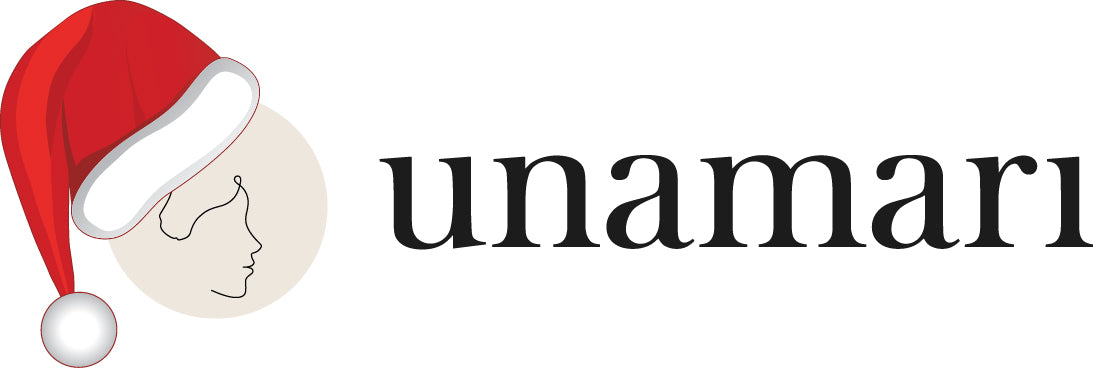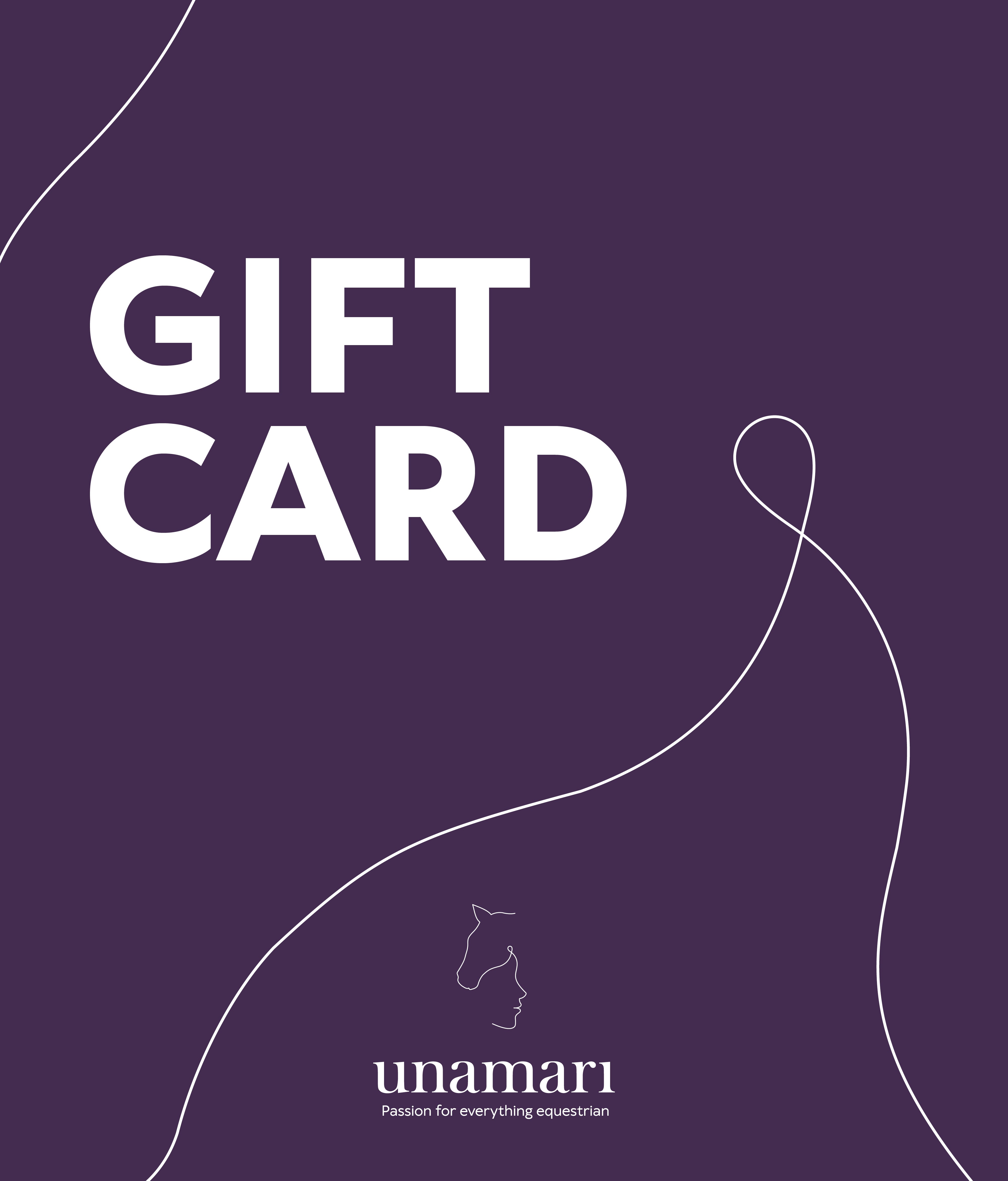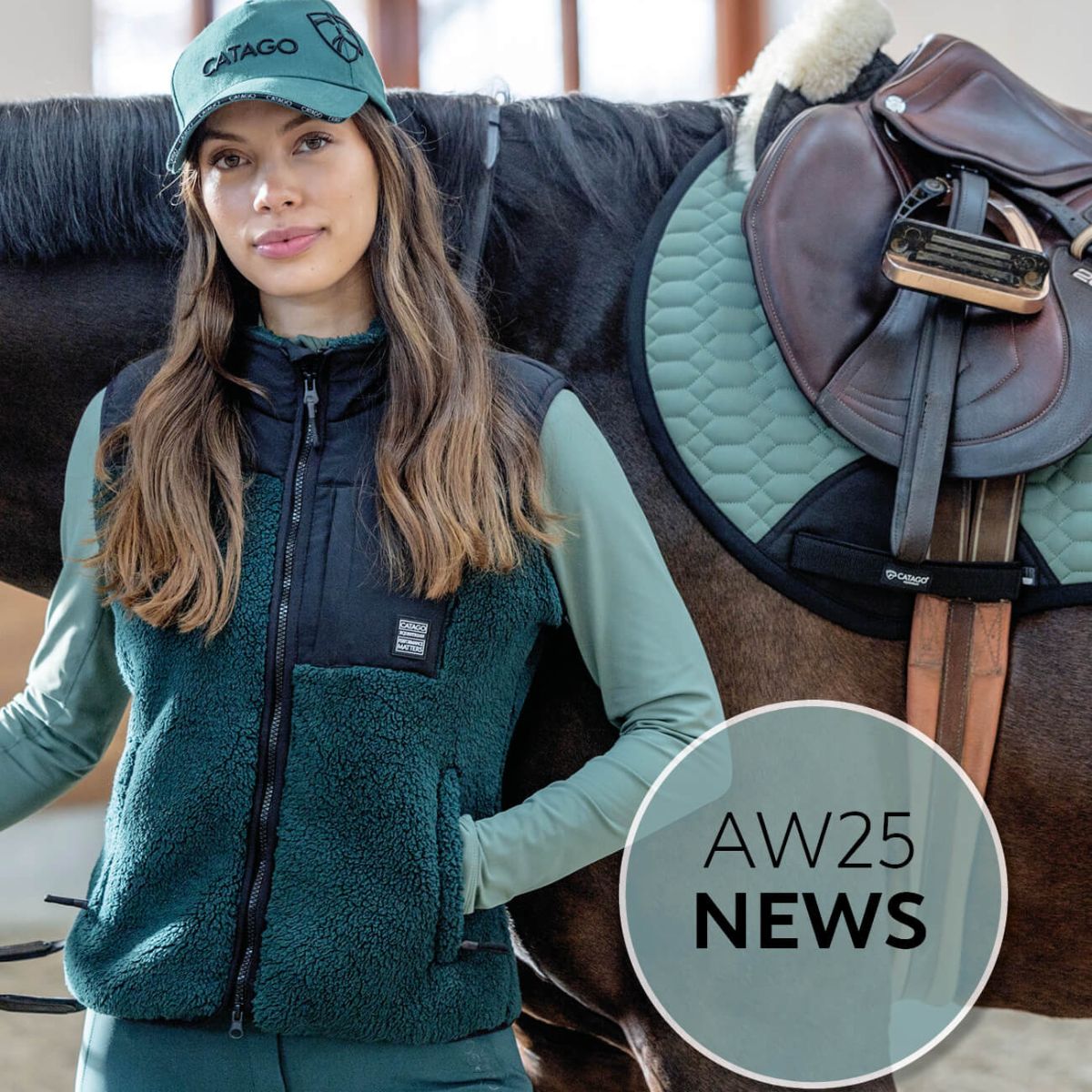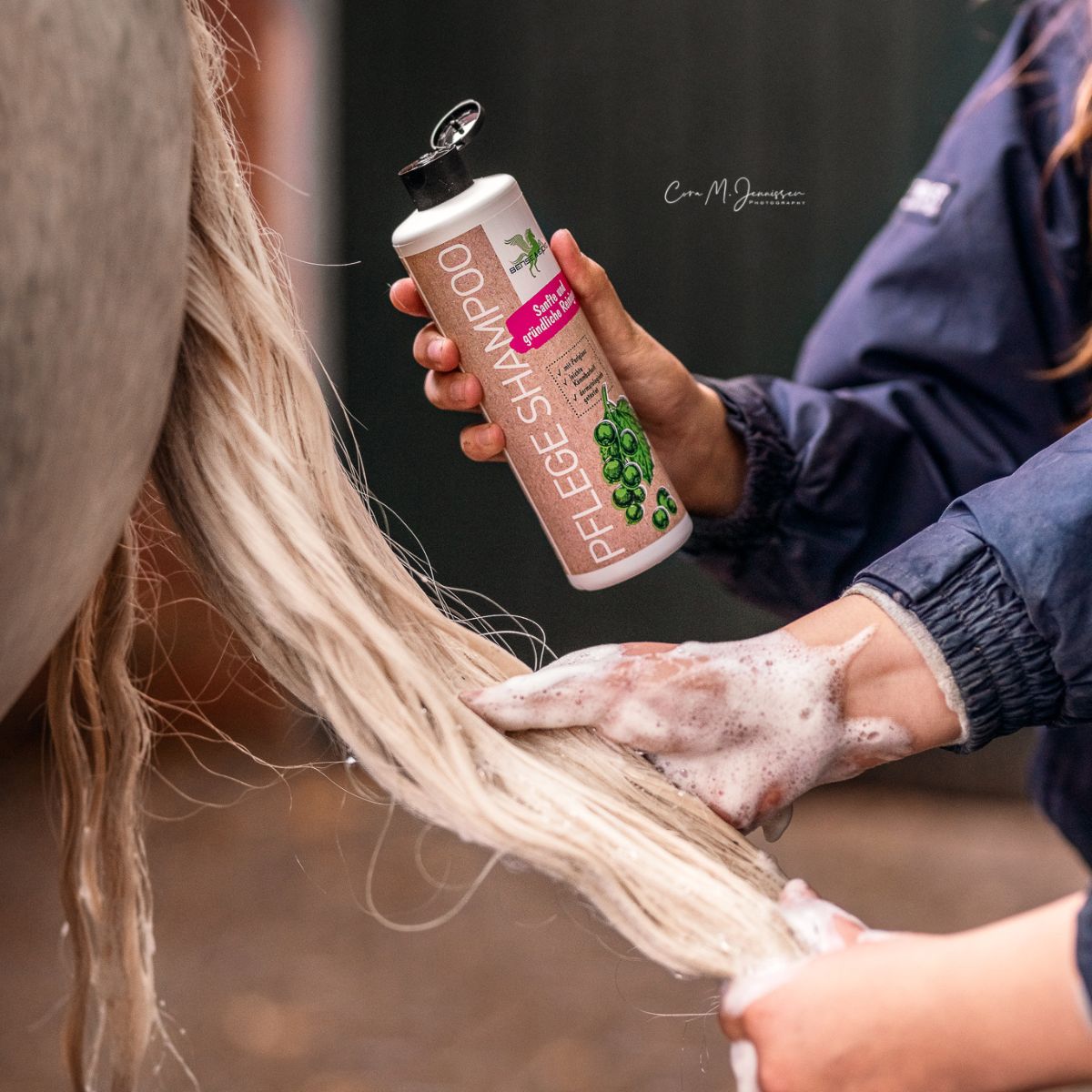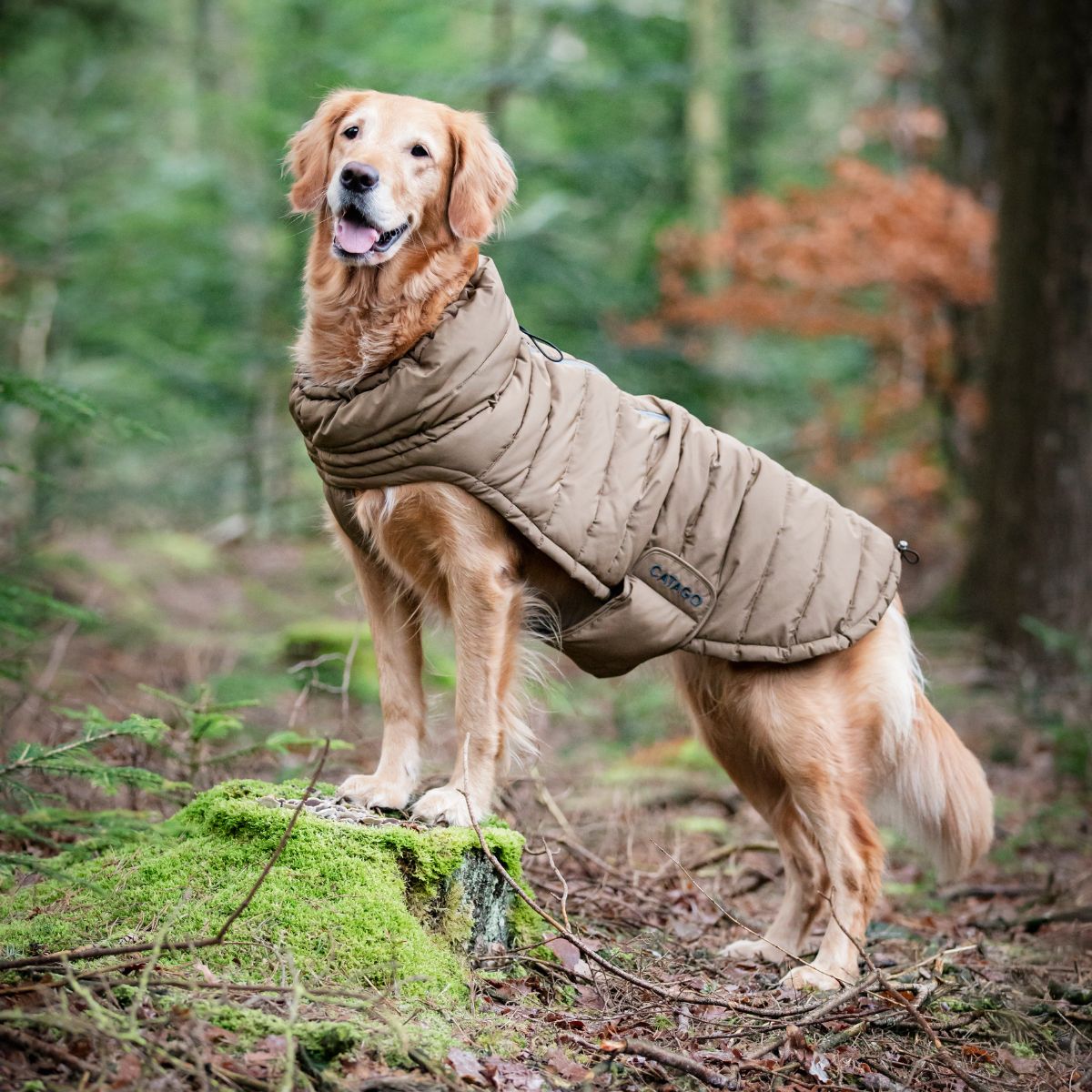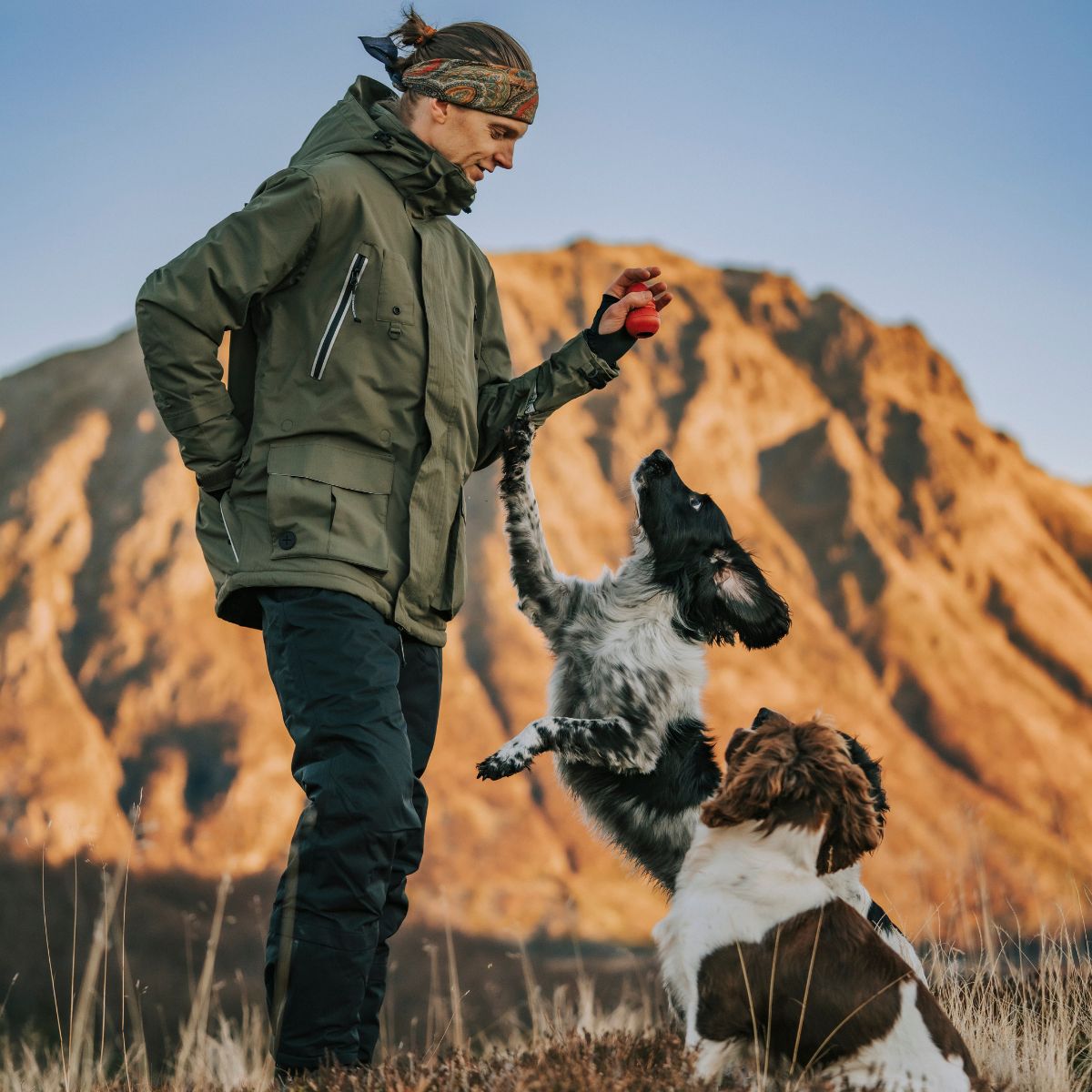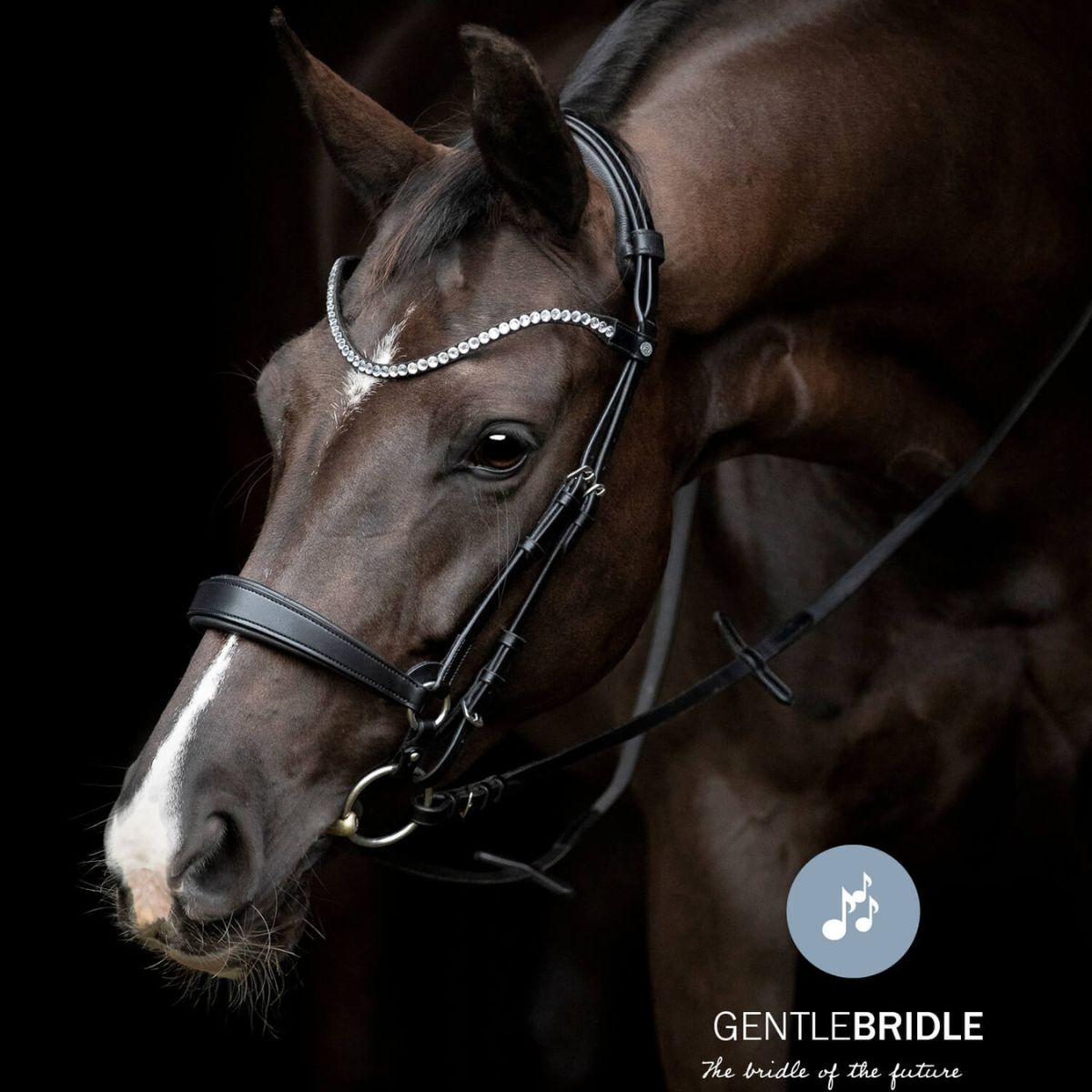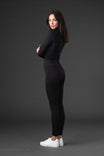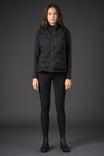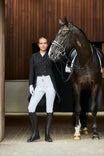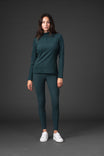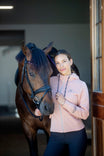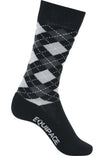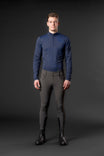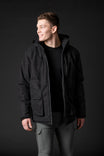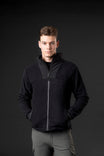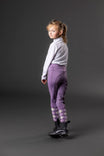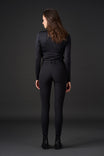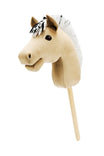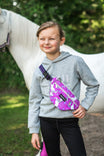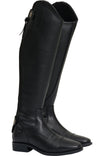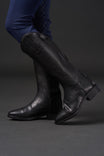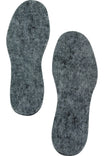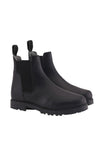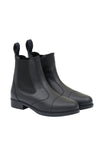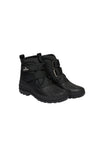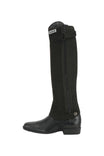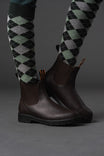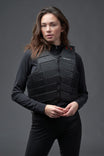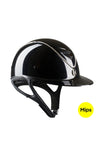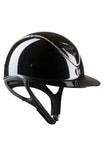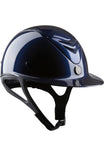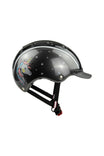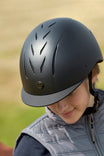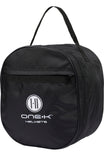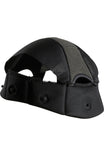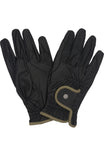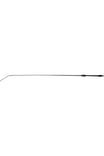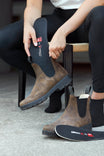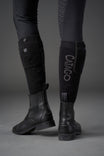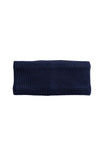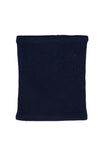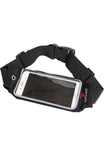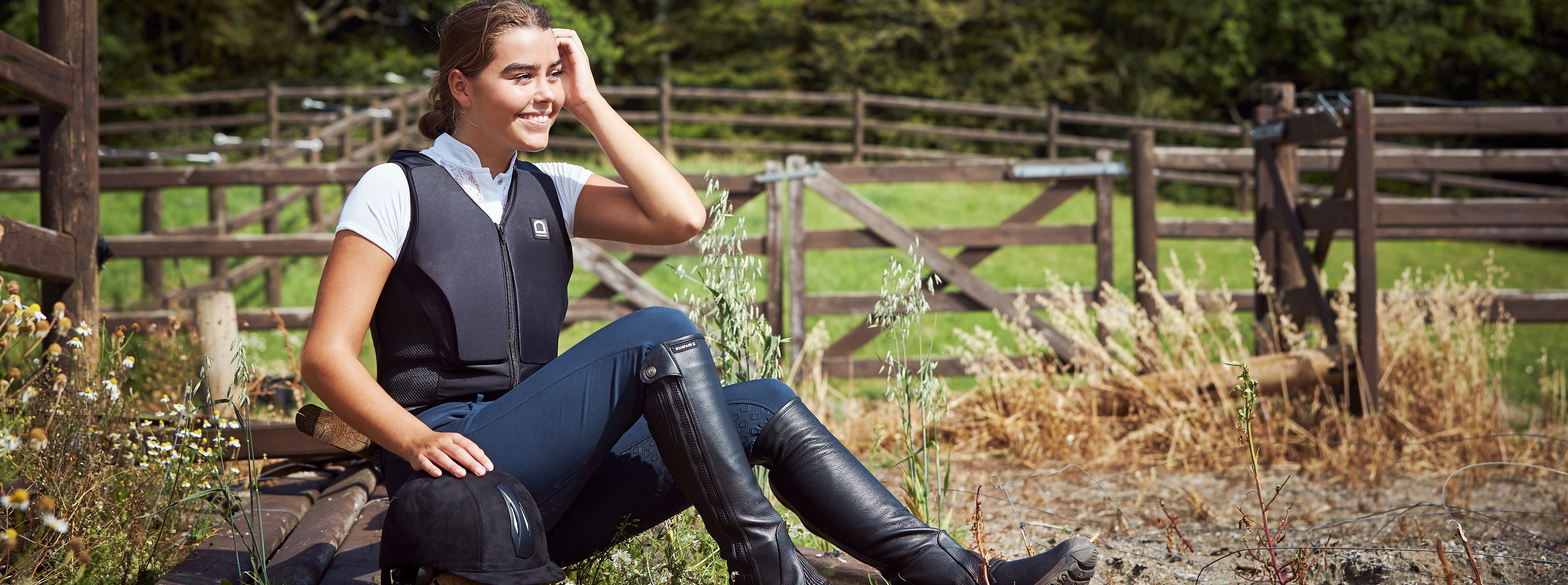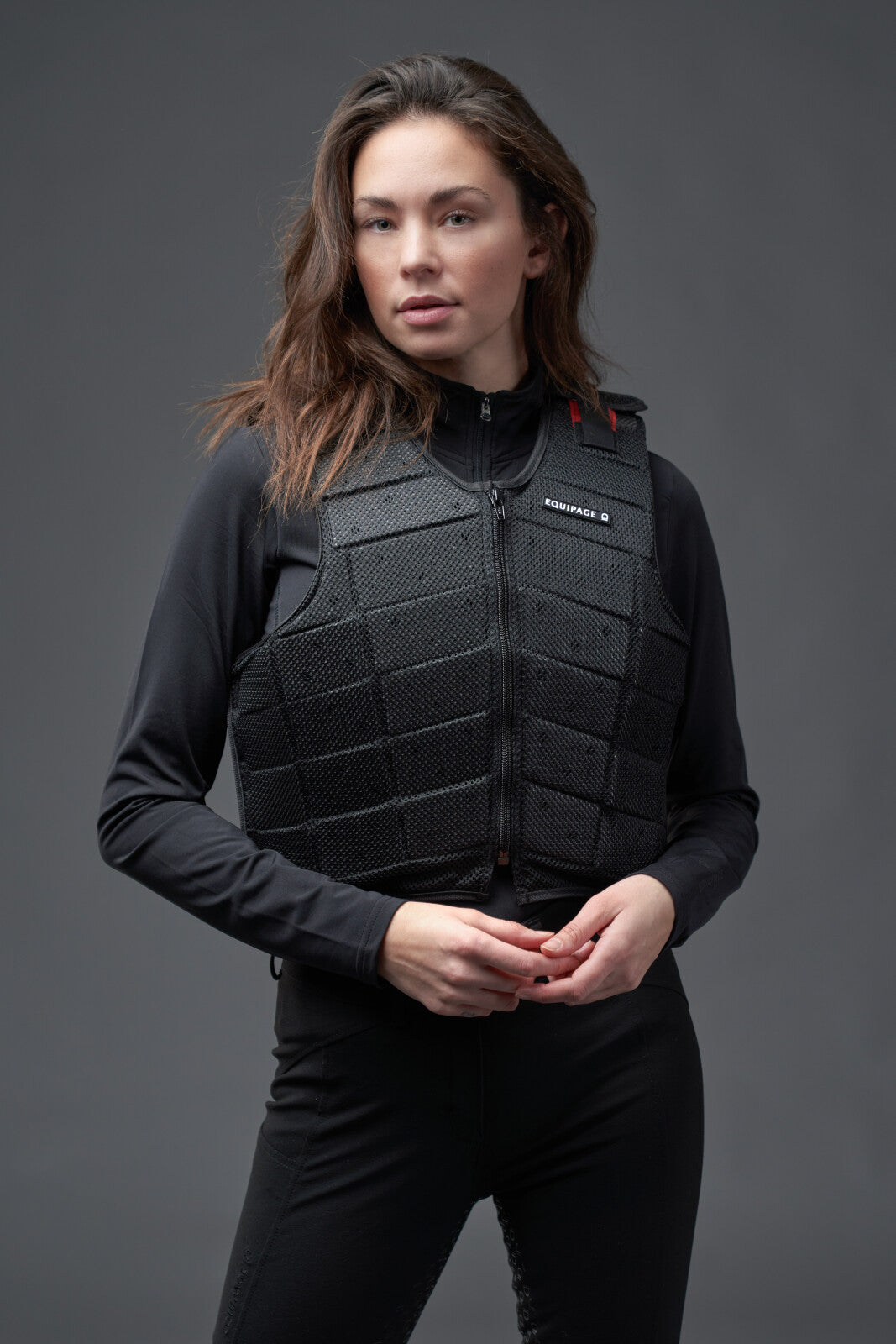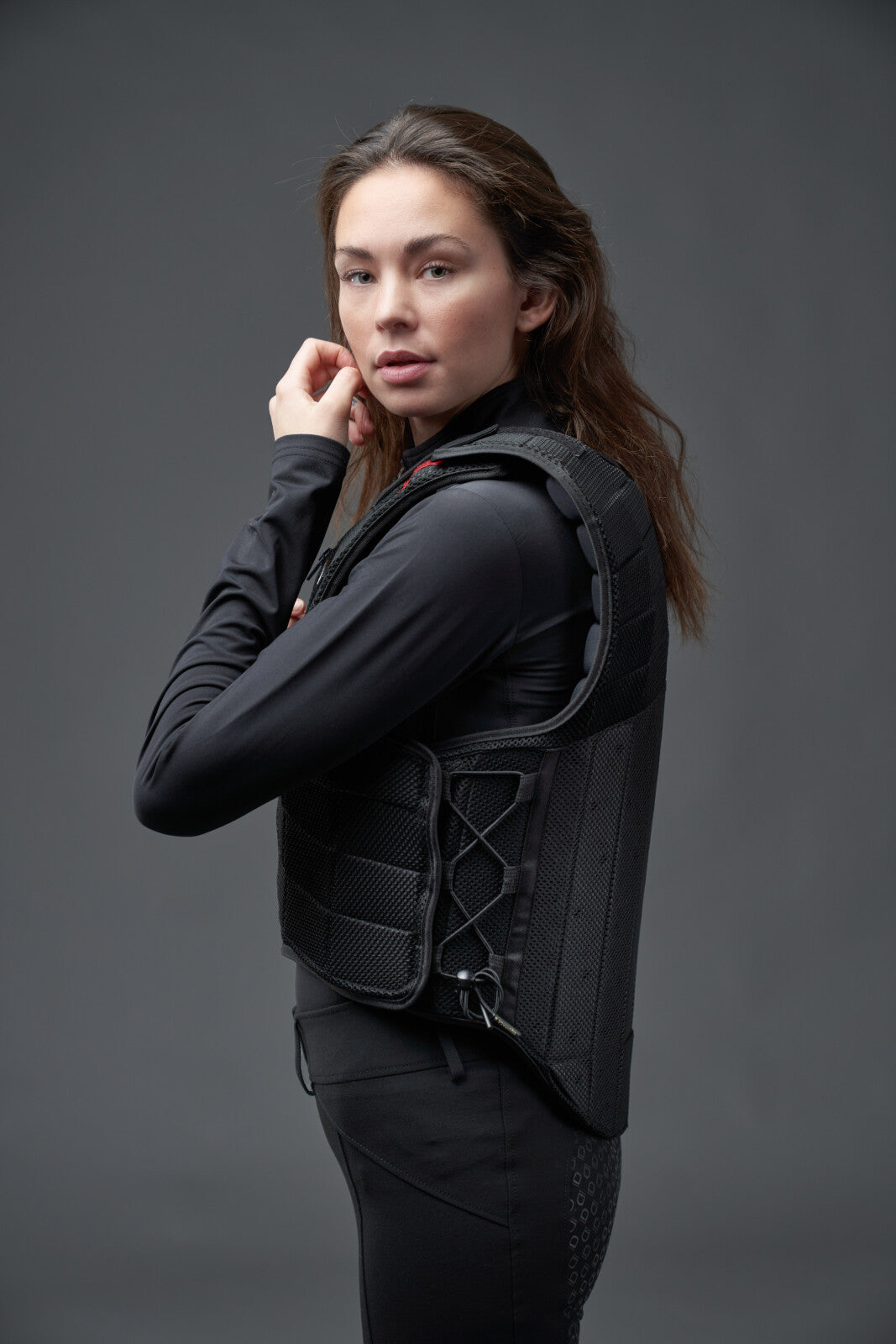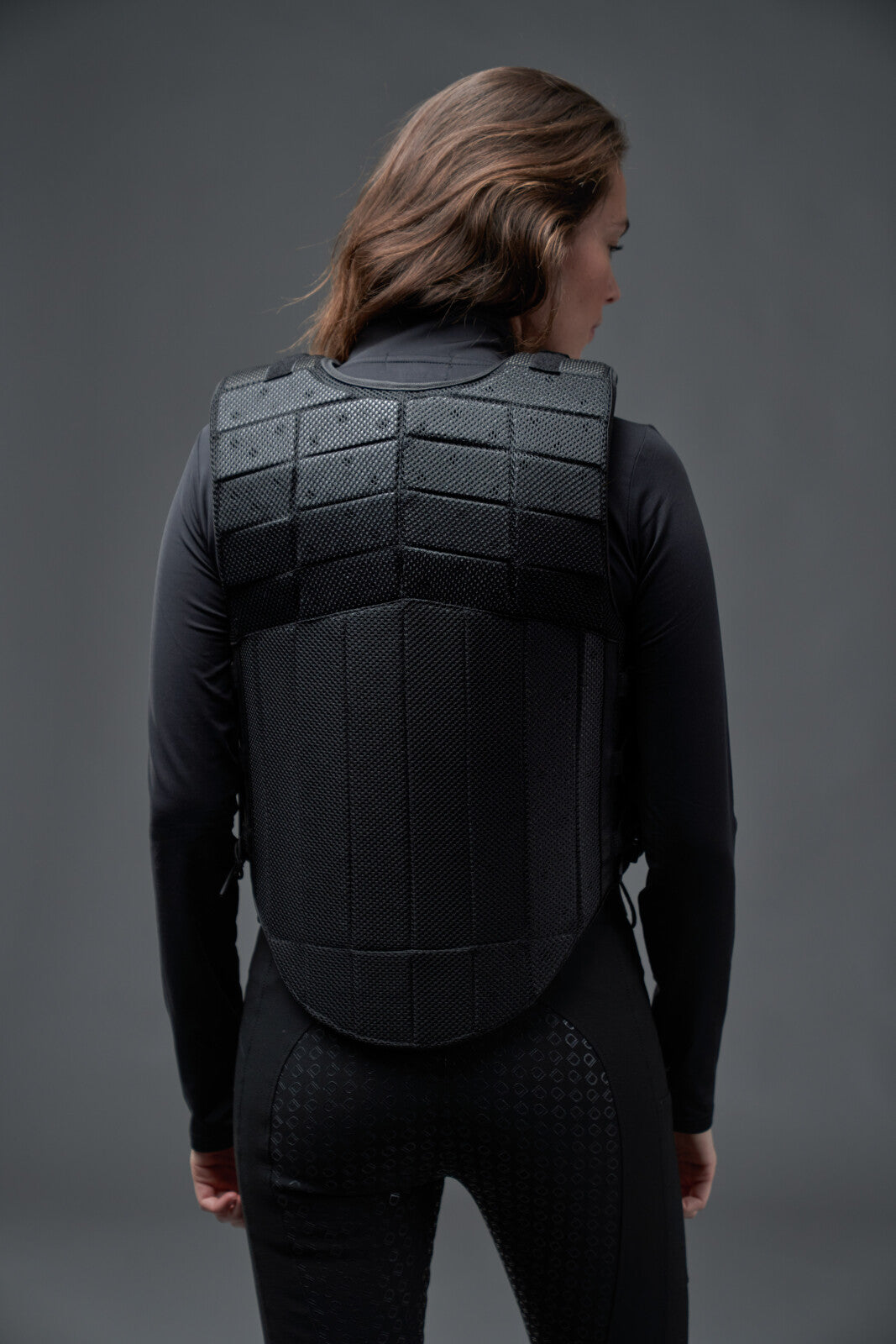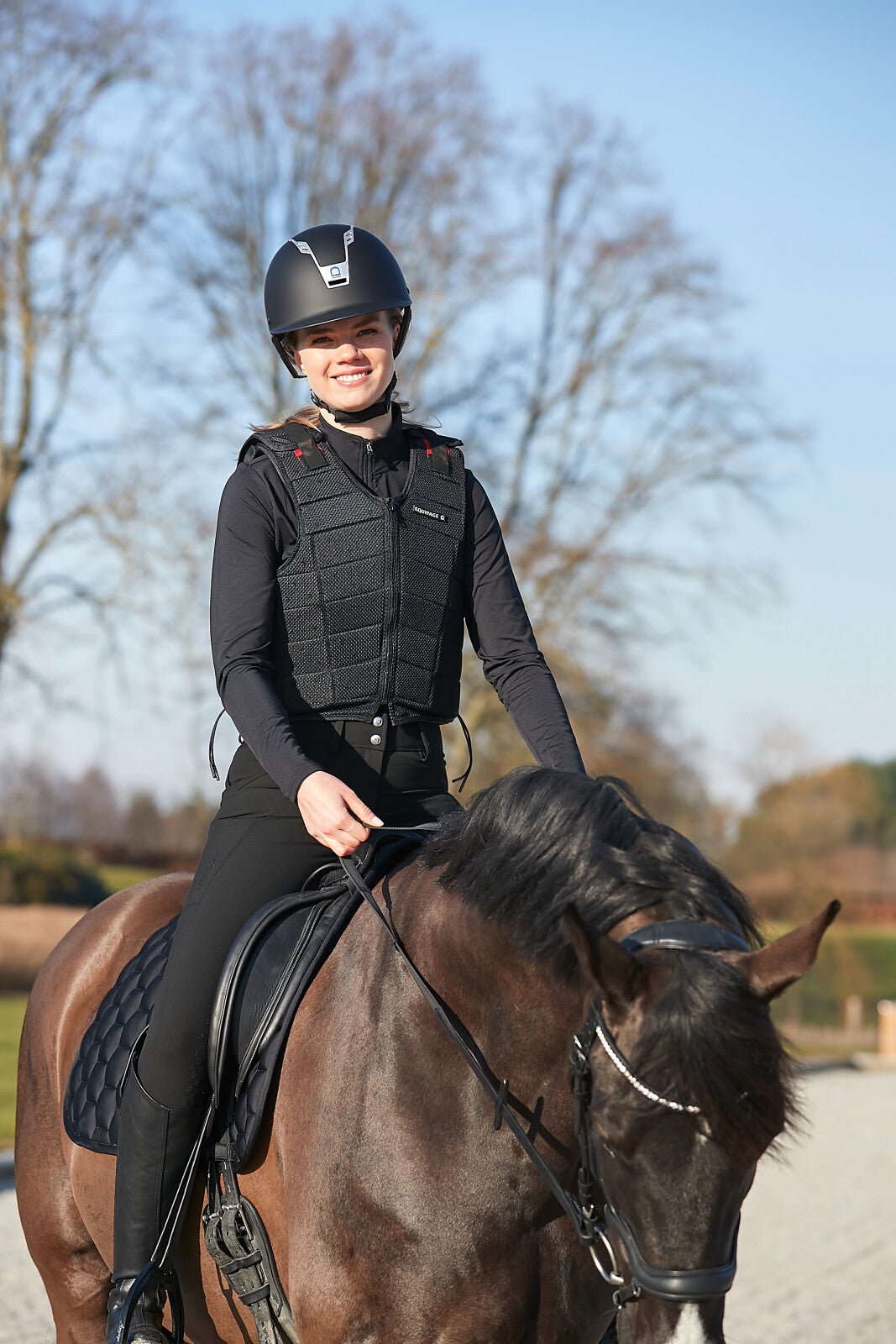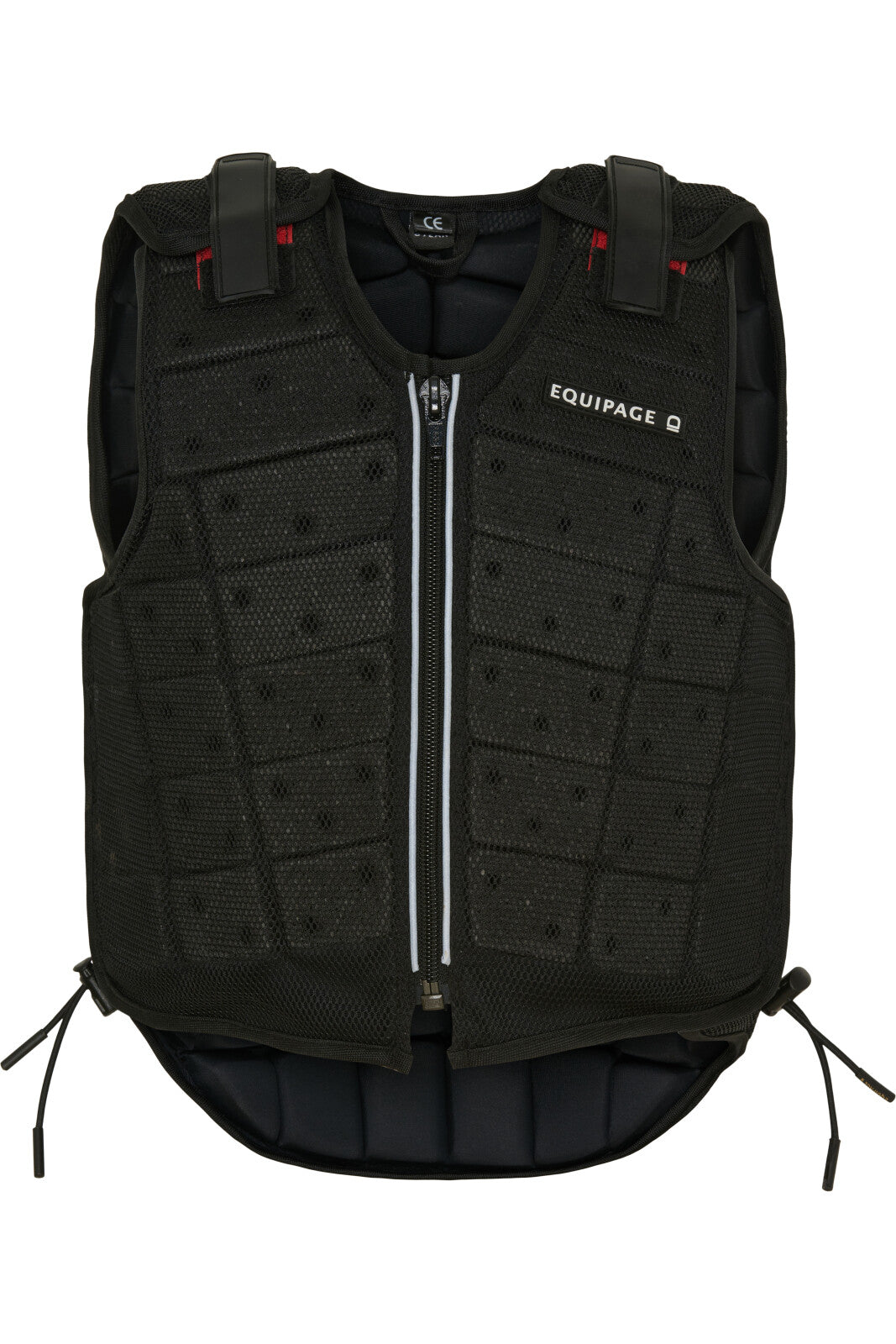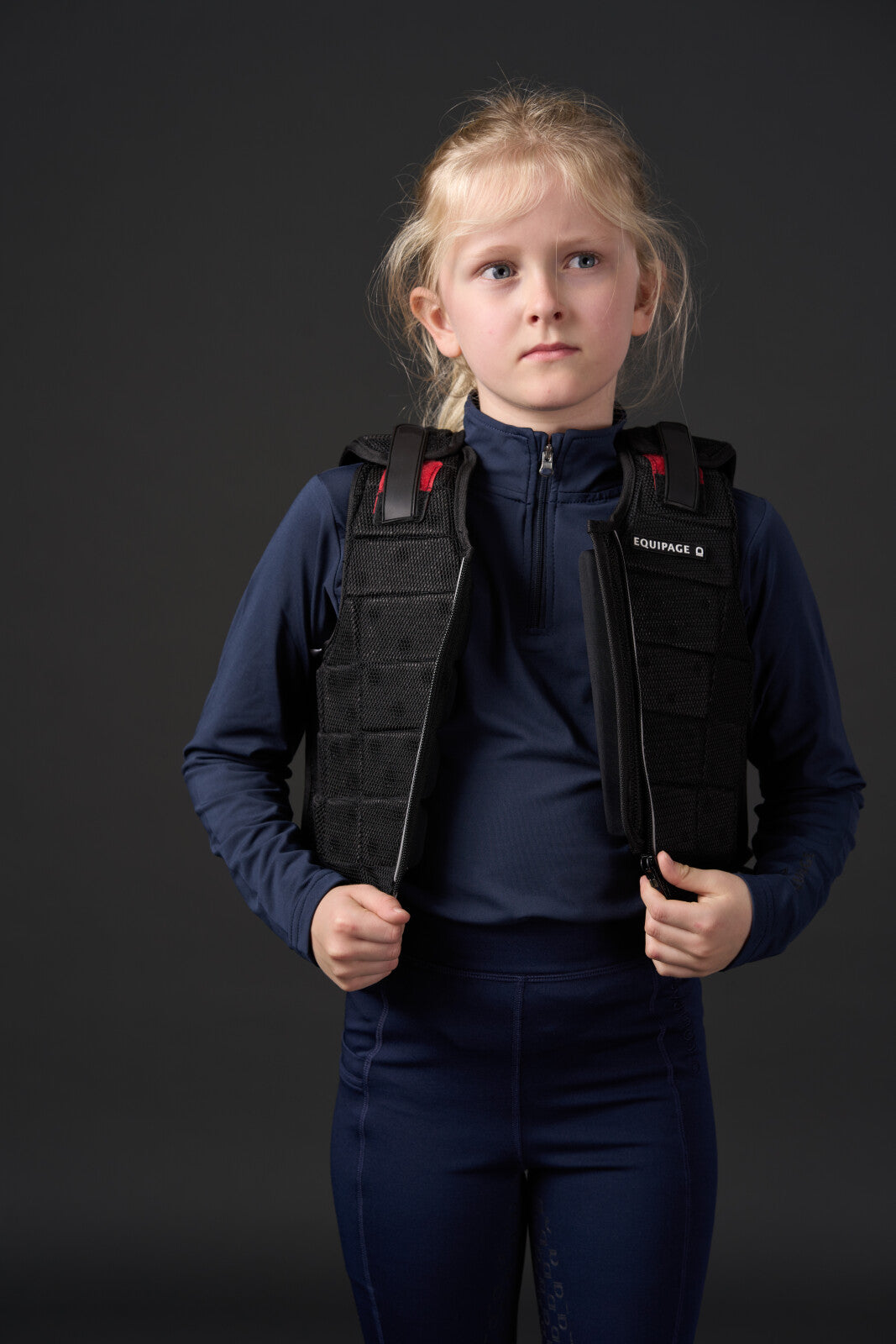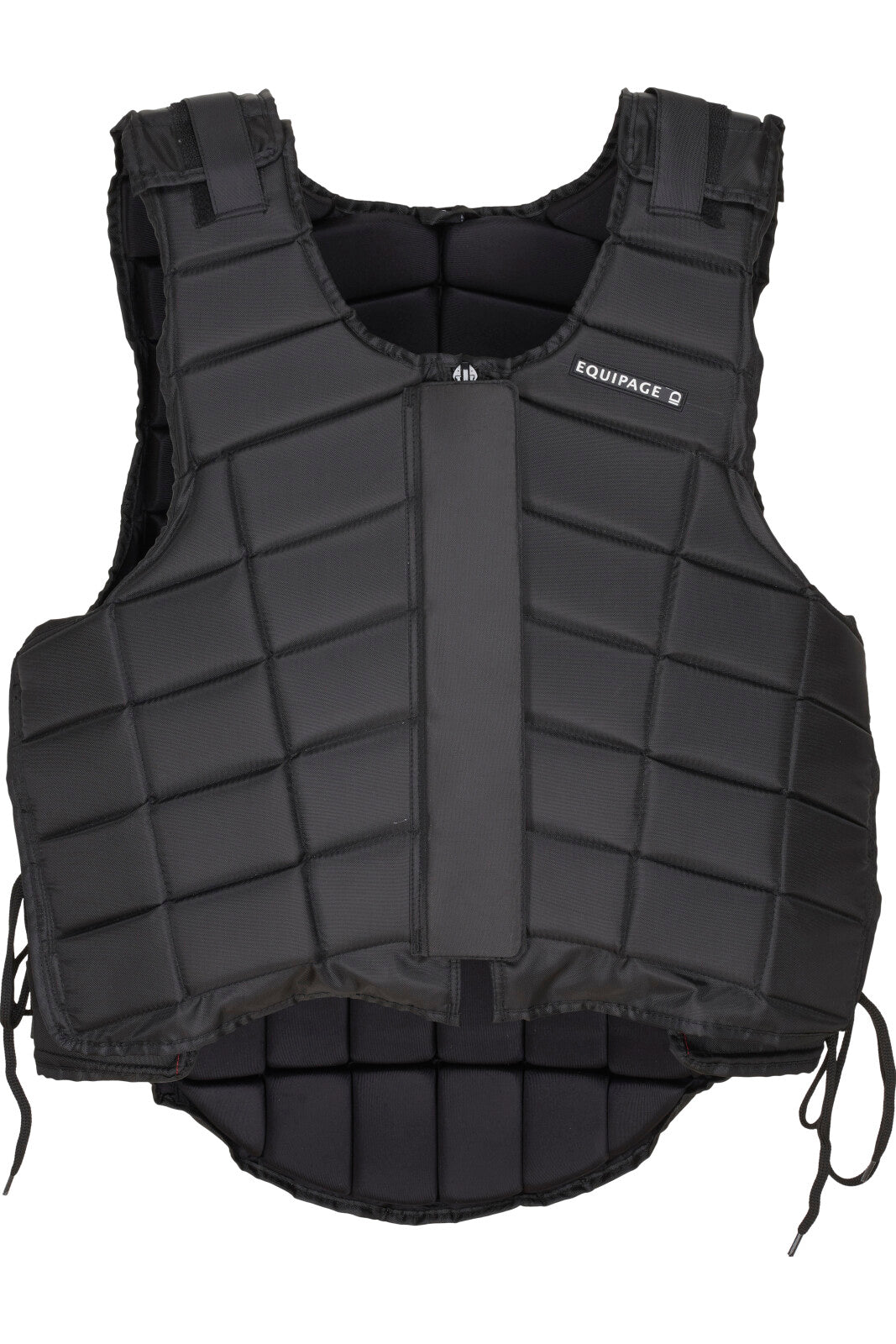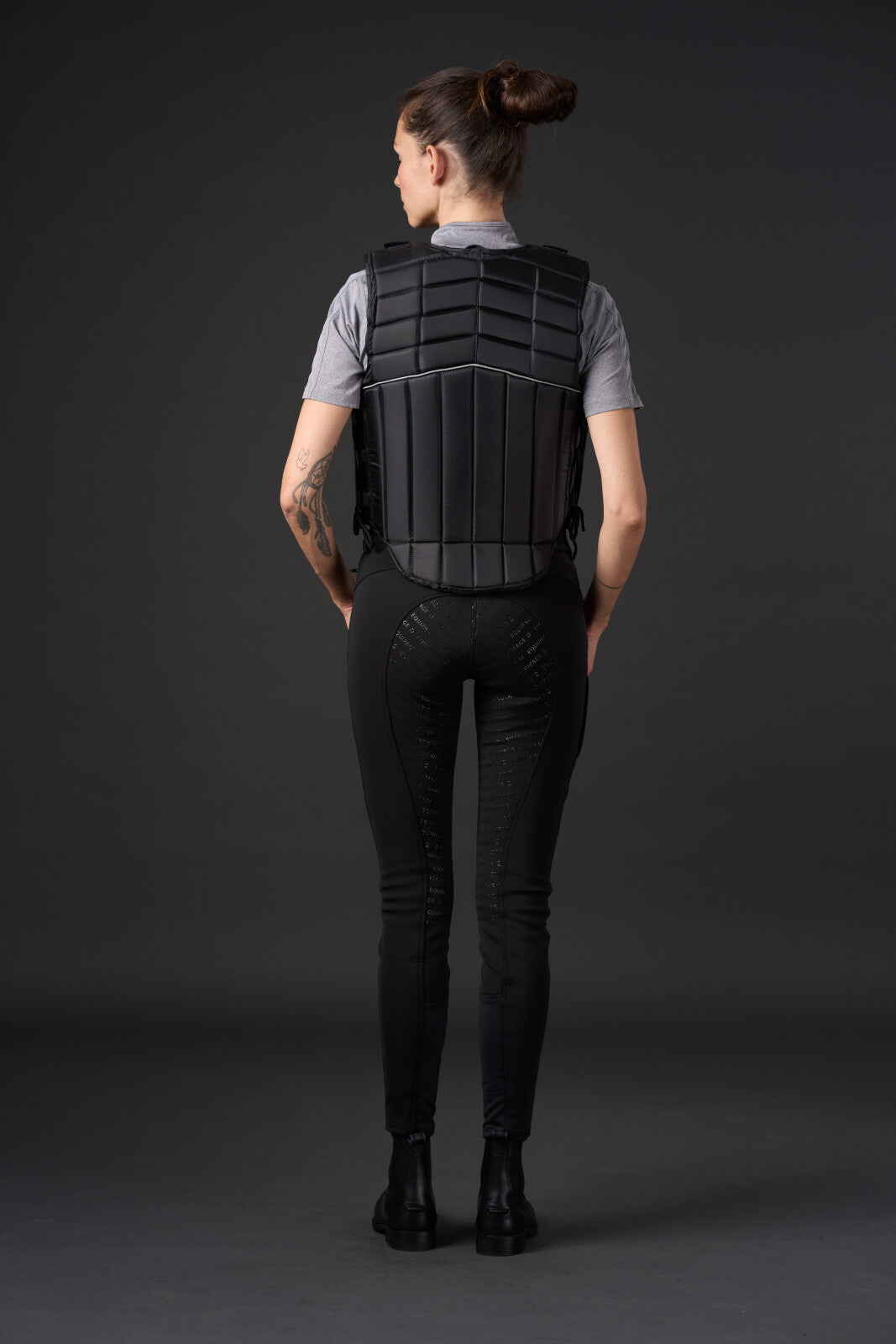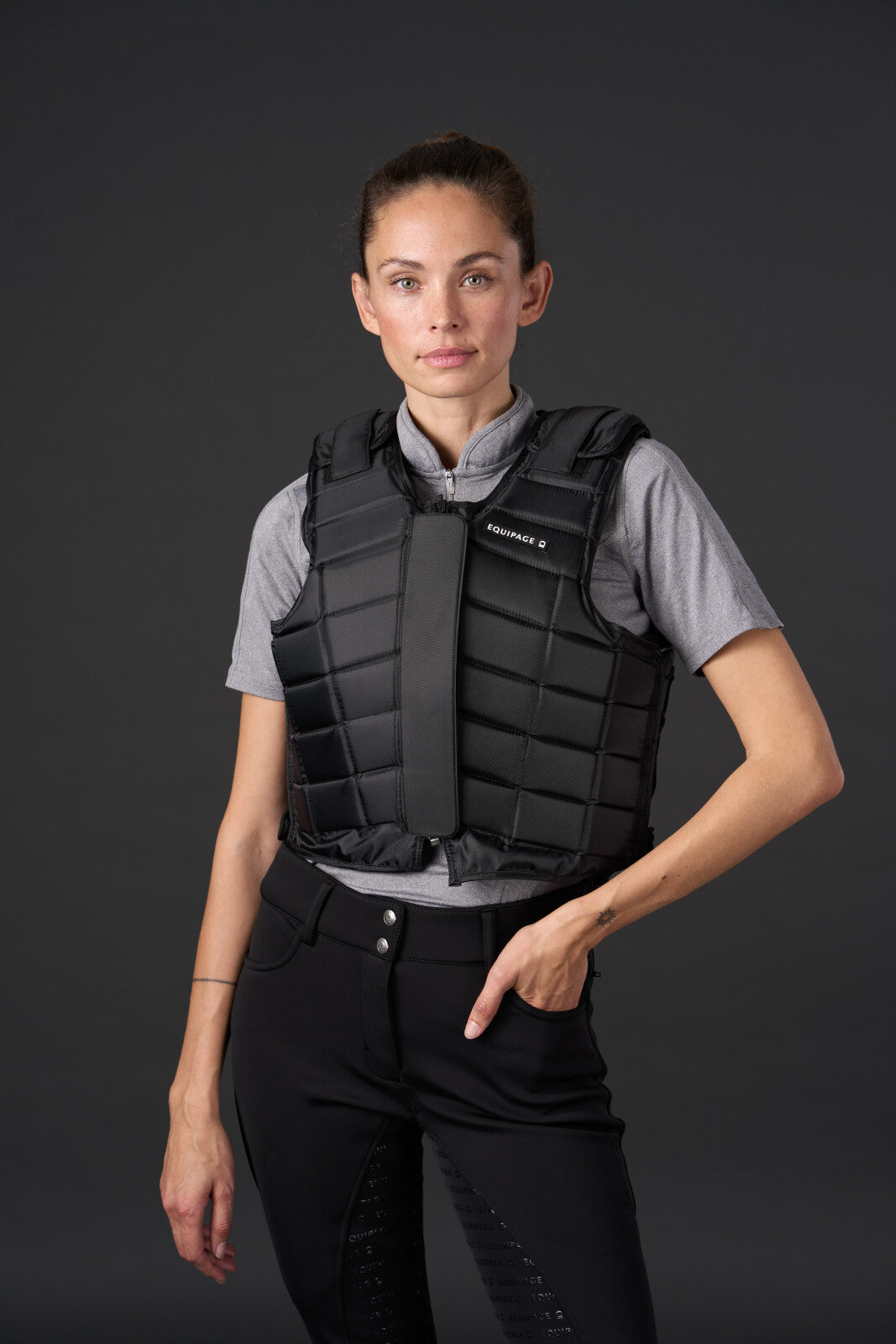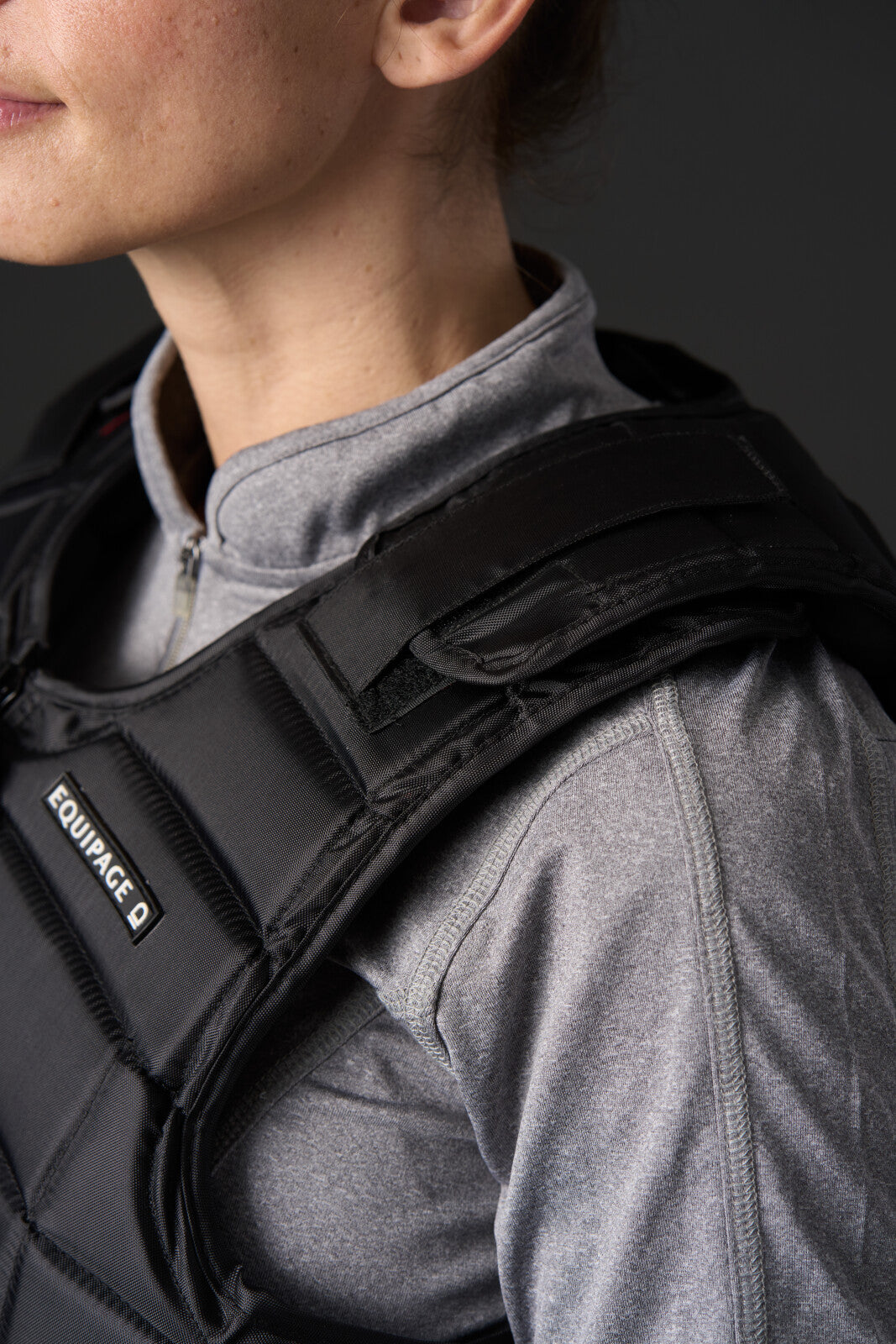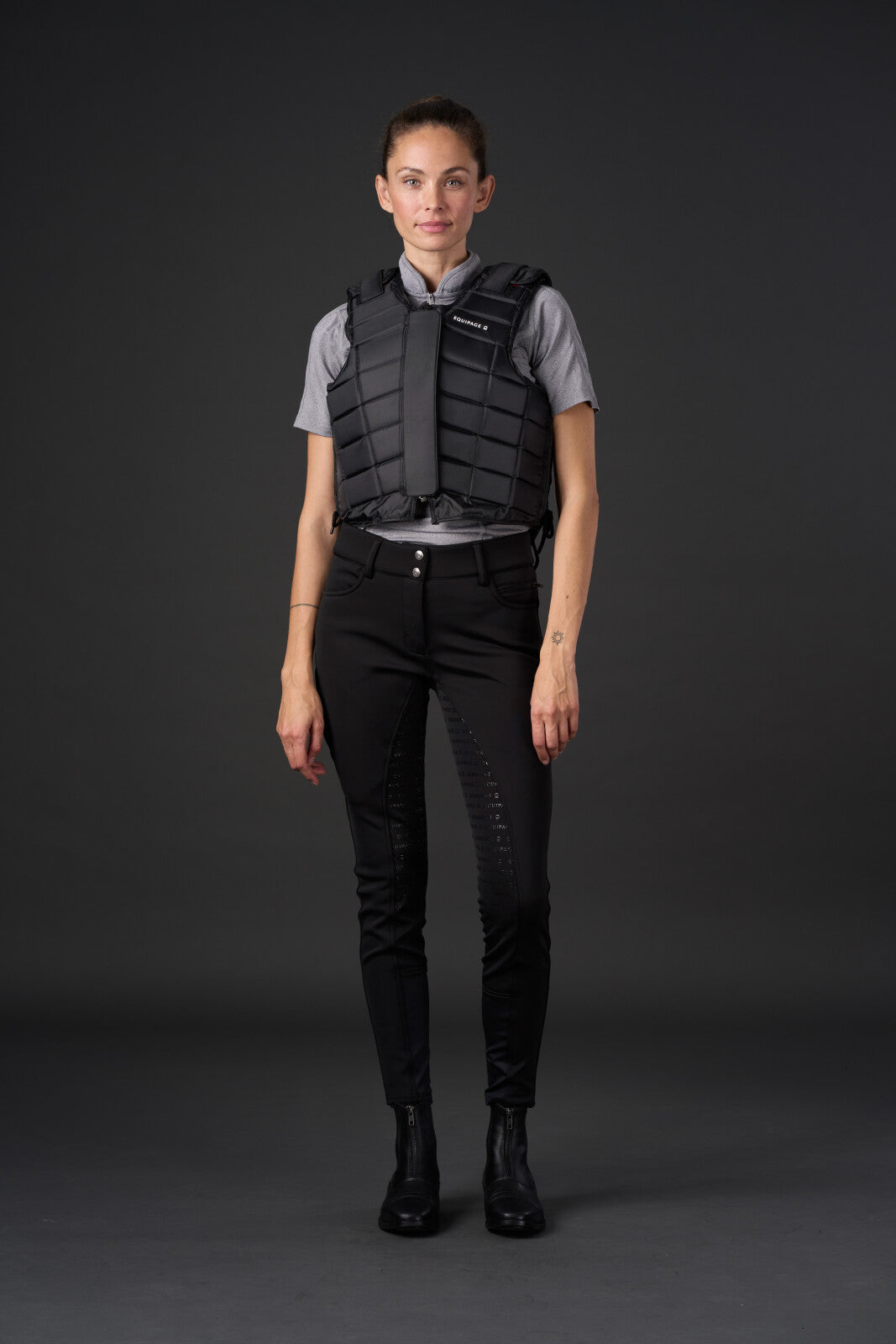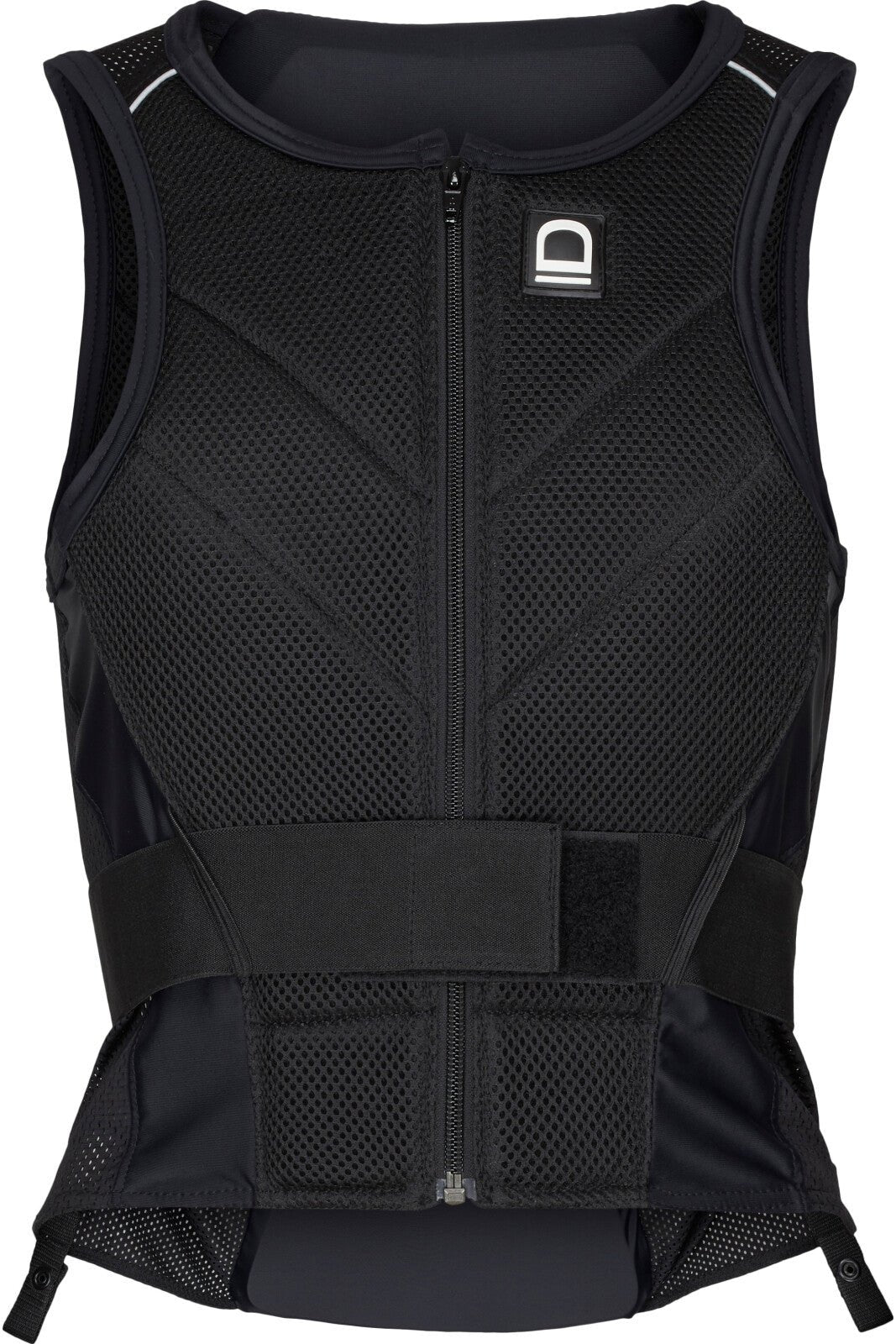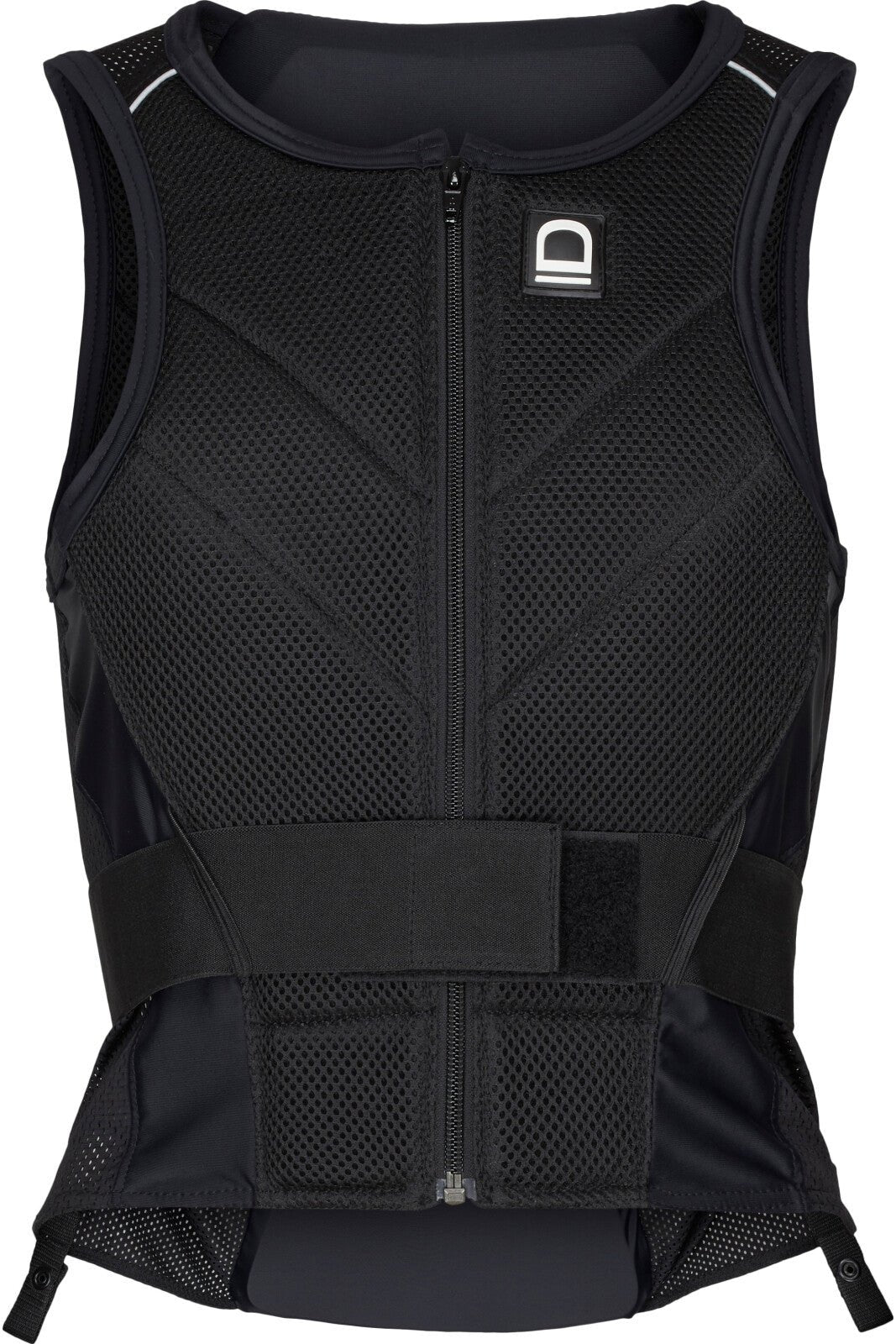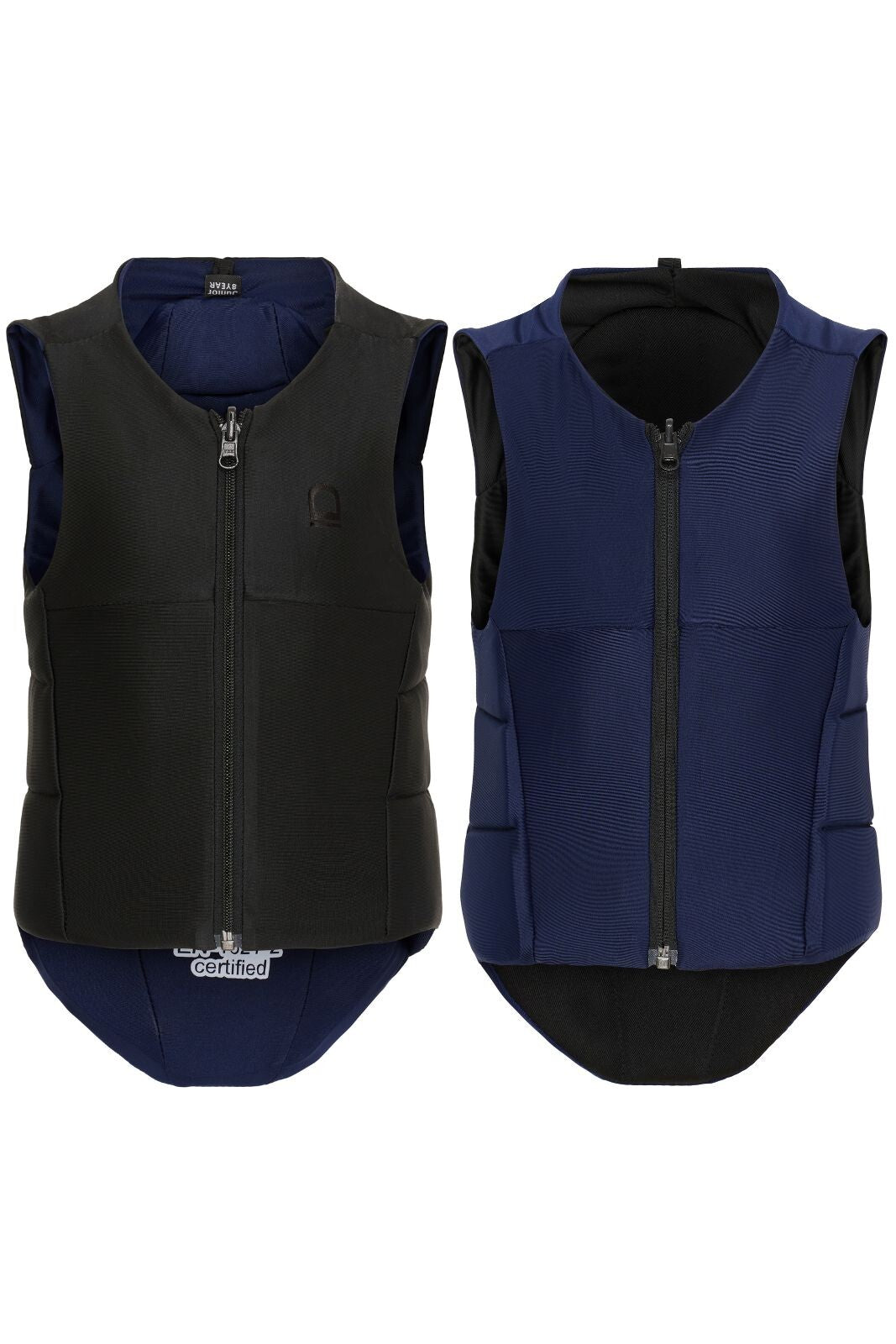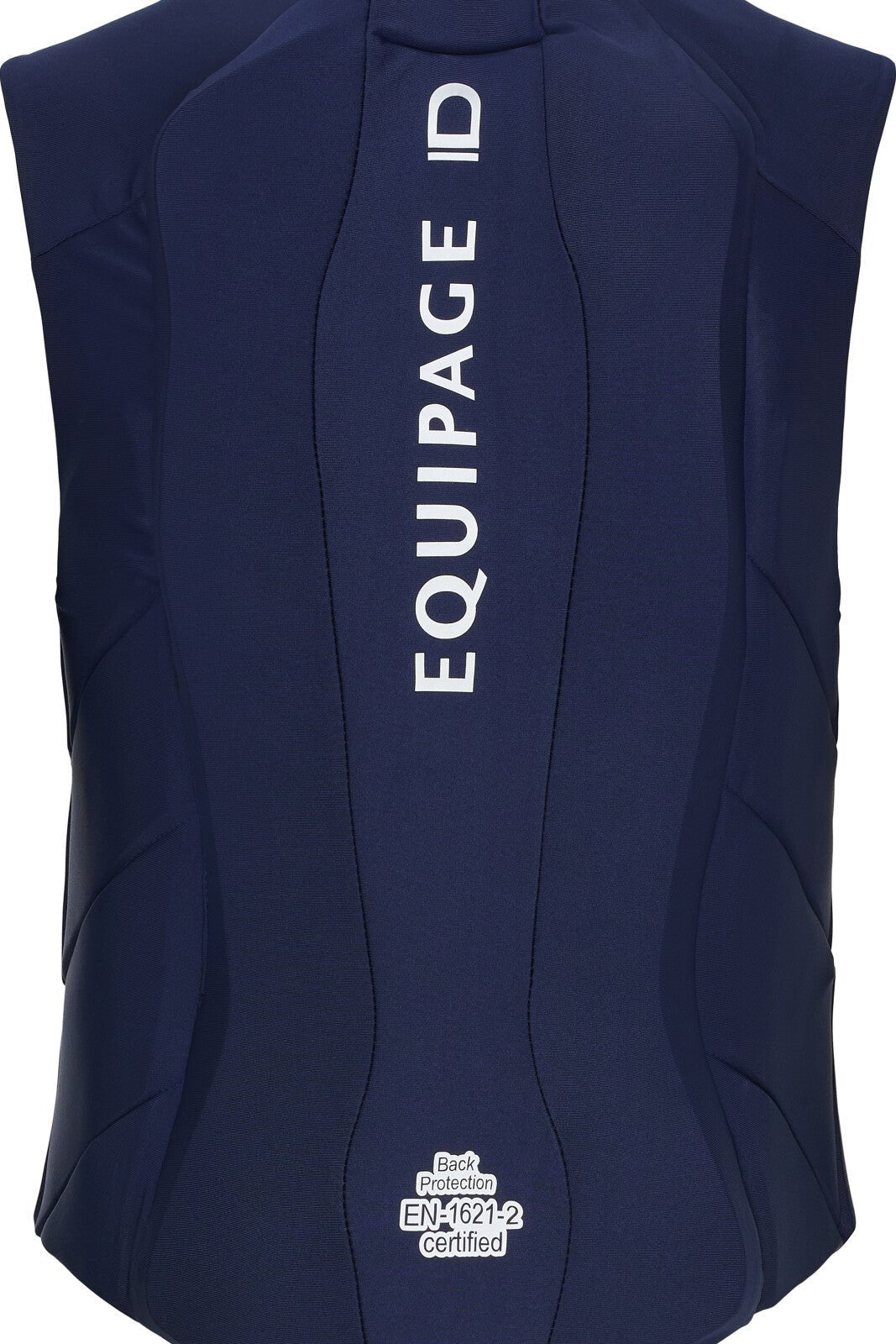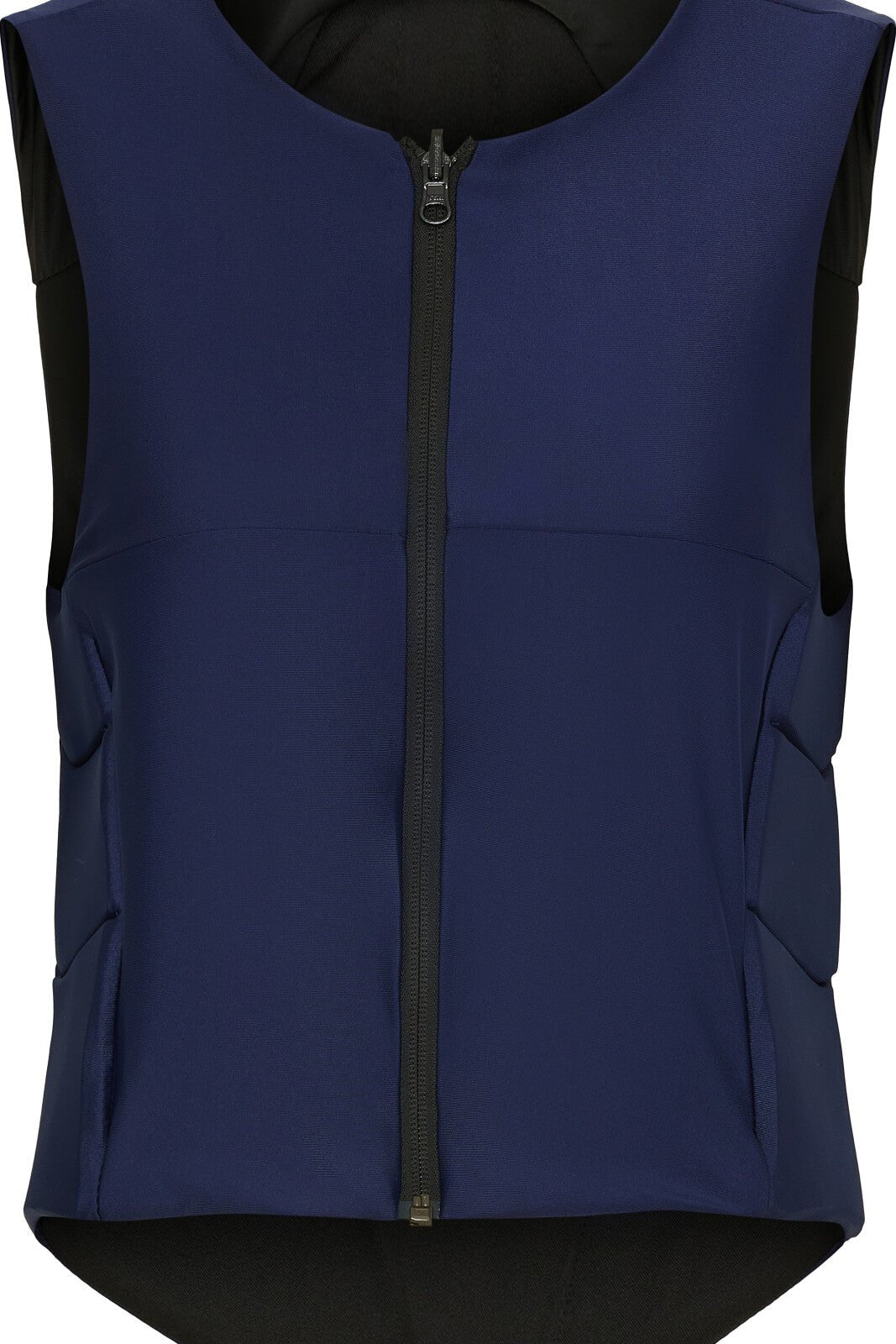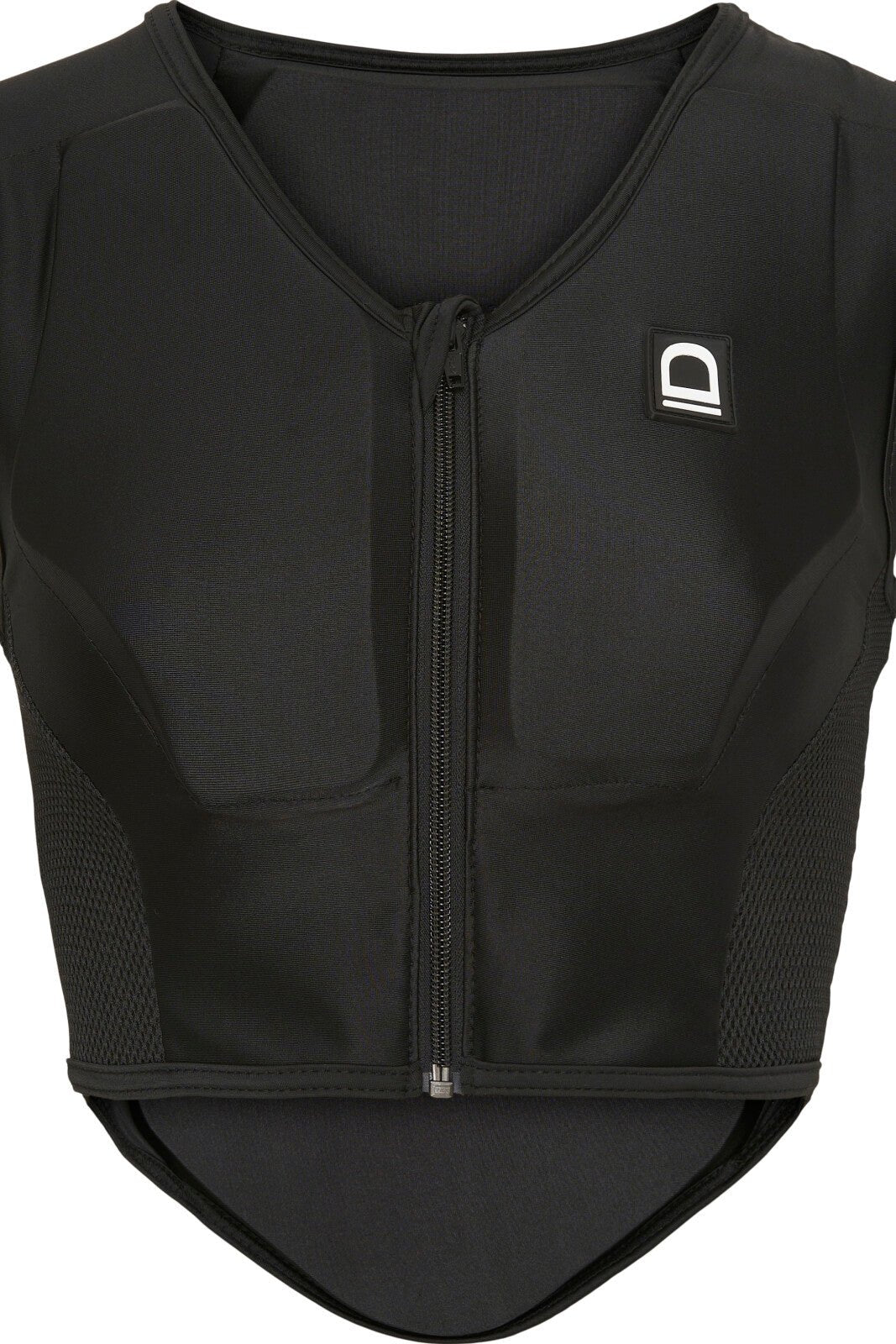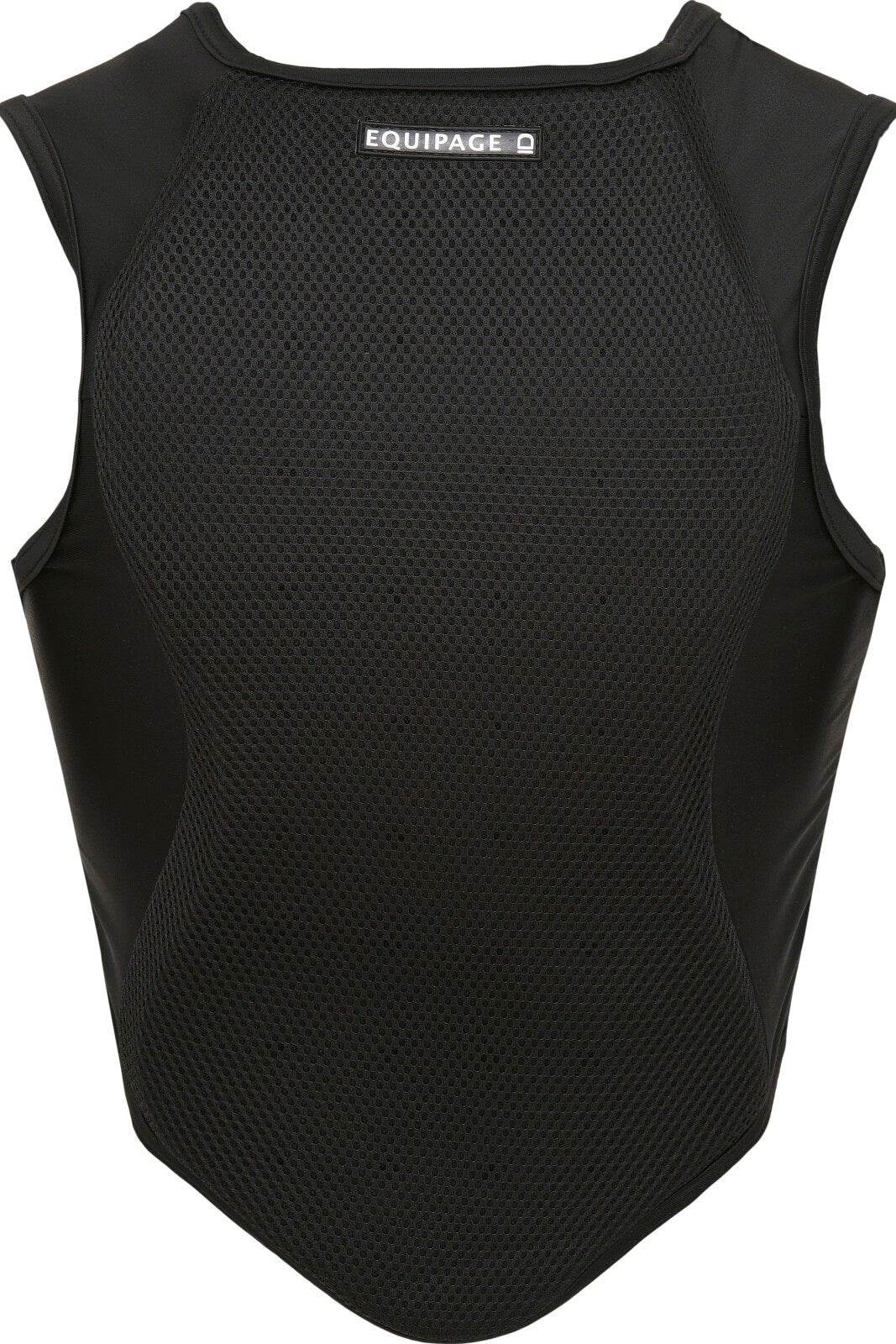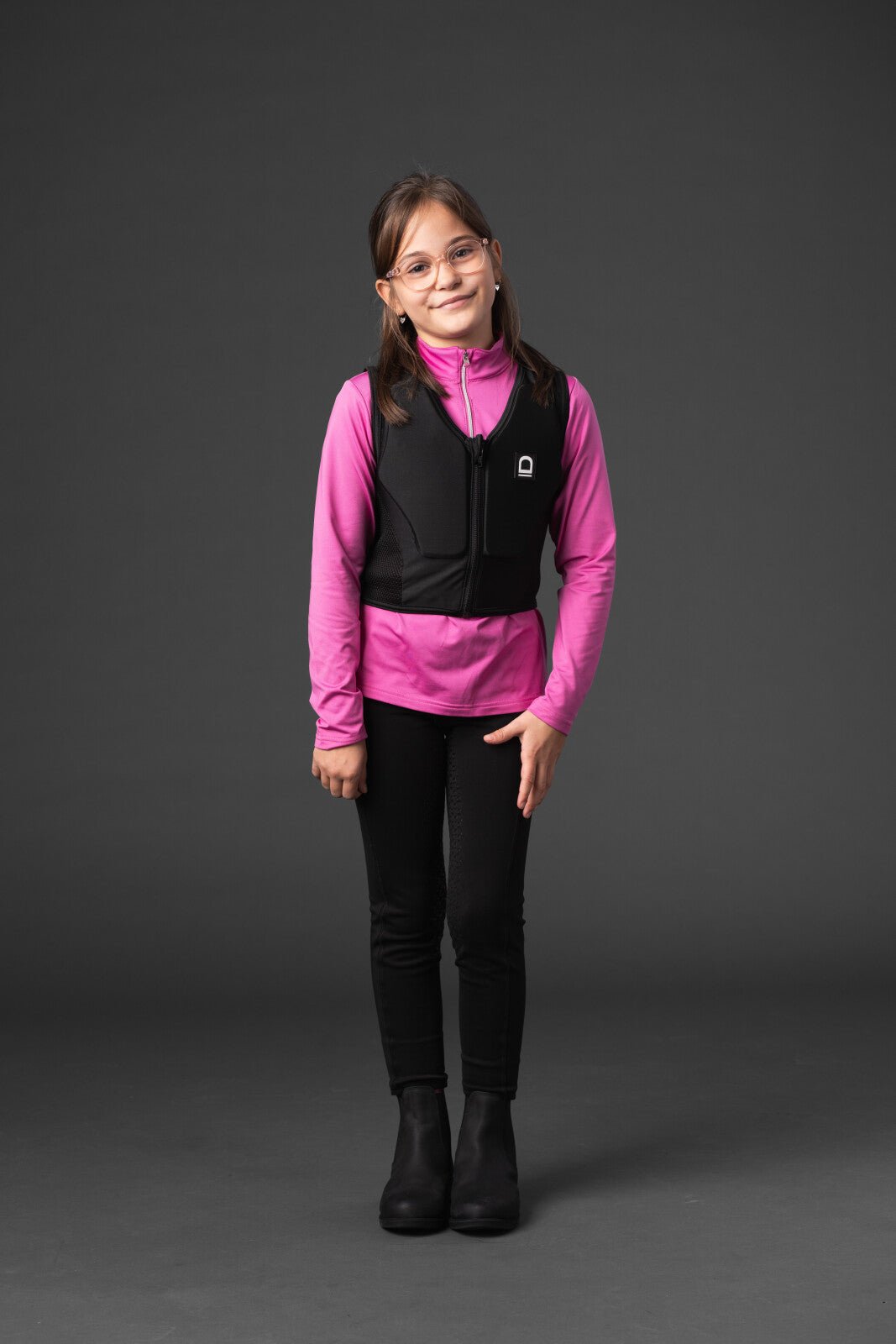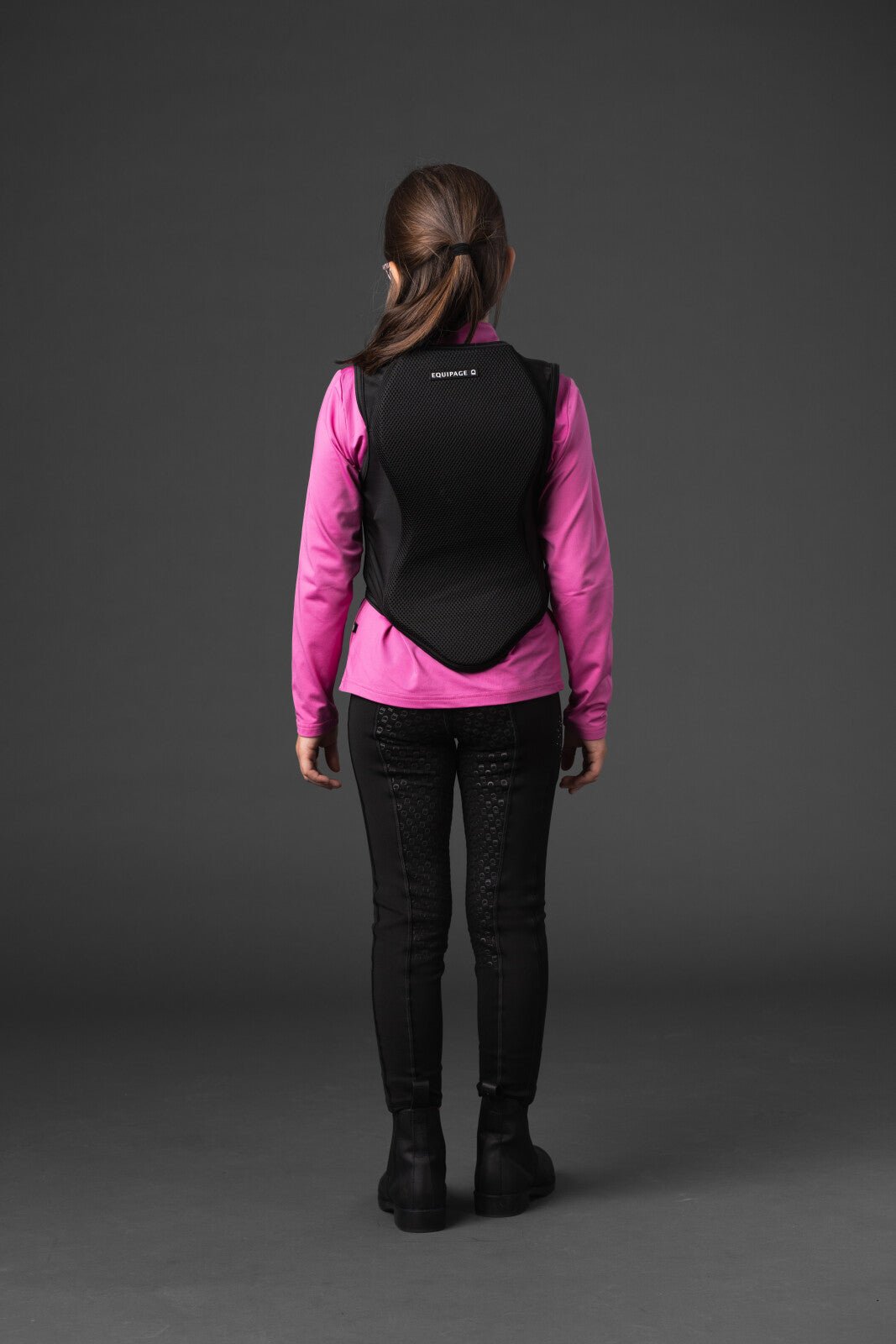Are you looking for Body protectors for Riding for kids, women or men? Then you've come to the right place. Riding is a dangerous sport and therefore requires optimal protection. Here at Unamari, you'll find all Equipage equestrian safety vests and back protectors in several different models and sizes. All are approved according to the current safety certifications, so you can safely shop for body protectors here in the shop.
Riding safety vest or back protector?
When you need to find the right safety vest for Riding, you may have noticed that they are called both riding safety vest, jumping vest, back protector, body protector and back shield for riding. Roughly, they can be divided into two categories, namely safety vests with slats of shock-absorbing foam, or back protectors with sheets of a thinner type of shock-absorbing foam.
There are differences in both the look, the feel of wearing them and, not least, the safety they provide and the safety certifications they each have. As with safety riding boots, it's important that the model fits properly.
What is the difference between back protectors and Body protectors for Riding?
What is called an actual safety vest is the type of riding vest that has its shock-absorbing padding in slats both at the back and front of the Rider. The foam in the slats is usually EVA foam or PU foam, which is the strongest and most effective shock-absorbing and impact-reducing padding in Body protectors. Logically, it's also the thickest, which means that some may find it a bit compact to wear while Riding. Nevertheless, it is the vest that offers your body the best protection.
Body protectors of the back protector type always have padding on the back of the vest that protects the spine, but they can also be padded on the front. A back protector has a thinner and more flexible and shock-absorbing type of padding than the slatted safety vests. For example, it can be PVC Impact Foam. This is a type of foam that molds to the body to a greater extent and is thinner than a lamella body protectors.
Some people therefore experience back protectors as more comfortable and that you have more freedom of movement with this type of safety vest. On the other hand, it is not quite as shock-absorbing and protective as the lamella vest and is also safety certified at a lower level.
Unamari's range of back protectors are padded both front and back, and they are safety approved with the certification CE EN 1621-2:2014 Level 2. This means they are approved for juniors under the age of 18 to use them for Jumping, but the certification is not approved for the cross-country part of military.
What is the difference between a back protector and a back shield for Riding?
Originally, a back shield is a protective plate that protects the spine and they are also used in skiing, cycling and by motorcyclists. They can either be made of a solid material like a regular shield, or of shock-absorbing foam. In equestrian sports, back shields and back protectors are often used synonymously and are one and the same.
Most back shields have shock-absorbing foam on the front and back along the back, or only along the back. It's almost in the name that a back shield's primary function is to protect the spine, but they can also provide front protection for the ribs and collarbones if they are padded with shock-absorbing foam at the front.
If you want to use a back shield or back protector as a safety vest, you should be aware that safety-approved back shields have a lower safety approval and cannot be used for the off-road part of military, for example. If you are considering a back protector for children, back protectors with the safety certification EN 1621-2: 2014 (Level 2) are approved for children under the age of 18 for show jumping in both clubs and shows.
What is a body protector?
The term body protector is used for safety vests for Riding in general. Body protectors can therefore cover both Body protectors and back protectors. The term jumping vest probably comes from the fact that Body protectors have been most commonly used for jumping. Today it is required that riders under the age of 18 wear a safety vest when Jumping, and it is also recommended for adults.
Body protectors for children
Many people choose that their children should always wear a safety riding vest when riding and being around horses, and with good reason. A safety riding vest can make a big difference to how badly you get hurt in the event of an accident. But which one should you choose?
A safety vest is only mandatory riding gear when your child is Jumping, but can be a great idea to wear at all sorts of other times too.
Here's some information you can weigh up the priorities yourself to help you choose a safety vest for your child.
- The safety riding vests that provide the highest safety are Body protectors with slats, and this type of safety riding vest is often recommended for children.
- A slatted safety riding vest is heavy and very shock-absorbing in its padding, and it may feel a little more cumbersome to move around in it.
- A back protector is a different type, thinner and more flexible Body protectors, but in return it does not provide as high a level of protection.
- In Riding, a back shield for children is typically the same as a back protector. Please note that the back protector must be safety approved to be used for Jumping.
- The right size and fit of the model is crucial to how much safety the body protectors actually provide.
- The safest safety vest is the one your child actually wears and feels comfortable in.
Body protectors Riding adult
Adult safety vests are only required during the cross-country part of military but are generally recommended during jumping. Extra safety and looking after yourself is a good idea at all times. Even the most experienced Riders fall off and can potentially get injured. With a good Body protectors you can protect yourself from unfortunate knocks and dangerous injuries.
Many adult riders choose to use a Body protectors when riding young, nervous or spirited horses, when trail riding and when jumping. But there are also adult riders who use a safety vest or back protector on a daily basis as a routine as putting on the riding helmet.
How do you know if a safety vest for Riding is approved?
A safety vest for Riding must be approved with current safety certification to be used for Jumping by junior riders under 18 years old, and for military. The safety certification is specifically a label sewn into your Vests that must say CE EN 13158: 2018 or 2023, or CE EN 1621-2: 2014.
The safety label is typically located at the neck of your riding safety vest. The two certifications CE EN 13158:2018 and 2023 are approved for both show jumping and eventing, while CE EN 1621-2:2014 is not approved for the cross-country part of eventing. The actual safety certification is the one that starts with "EN", but the CE mark means that the product's materials comply with the applicable safety, health and environmental protection framework in Europe.
In addition to the safety approval itself and the indication of each certification, there are also 3 levels of safety: Level 3, Level 2 and Level 1.
- Level 3 is the highest level of safety, considered suitable for Jumping, Eventing and other risky elements of equestrian sport where maximum protection is either required or recommended.
- Level 2 provides a lower level of safety but is approved under DRF. A safety vest labeled Level 2 is suitable for everyday use and protects the Rider in low risk situations.
- Level 1 is the lowest safety level, which does not meet DRF's requirements for a safety approved safety vest.
How should the safety riding vest fit?
For the safety vest or back protector to provide optimal safety, it must fit correctly. That is, it must fit snugly and not be too big. Body protectors should cover from the lower part of the neck down to the lower back. At the front, it should at least cover the collarbones and ribs.
Body protectors for Riding should not be too big or too long. It should be snug but not tight, and this applies whether the Rider is an adult or a child who is still growing. If the riding vest is too big, it could move on the body and be pushed upwards by the saddle, for example, and then it won't protect properly.
Body protectors for Riding in all disciplines
At Unamari you can always find the optimal protection for all your riding disciplines. Our Body protectors are made of a shock-absorbing material, so you are better protected against dangerous injuries in case of an accident. A body protectors for Riding is always good to use, no matter how experienced you are, and we have the right safety vest for you right here on this page.
Buy your new safety vest for Riding at Unamari
Whether you are looking for a safety vest or a back protector, we have what you are looking for. At Unamari, you get the extra protection you need while Riding. Our safety riding vests protect you from both superficial scares as well as internal organs should you accidentally fall off your horse. An approved body protectors for Riding is a must for all riders and you'll find the best body protectors in the industry right here on our site. Buy your high security Body protectors for Riding today and have it delivered directly to your address.
